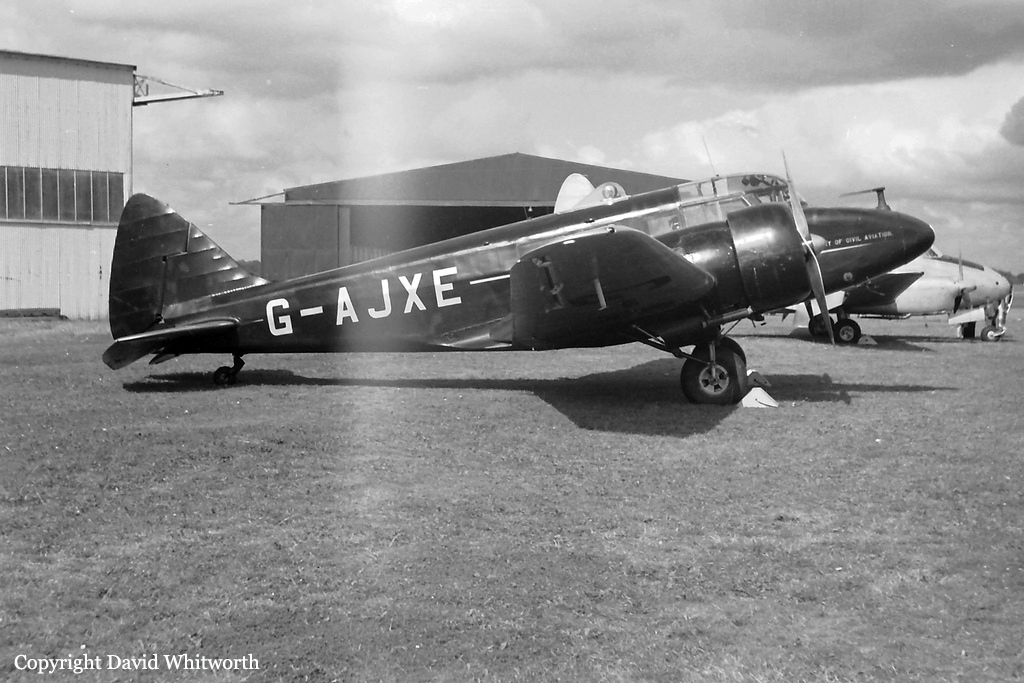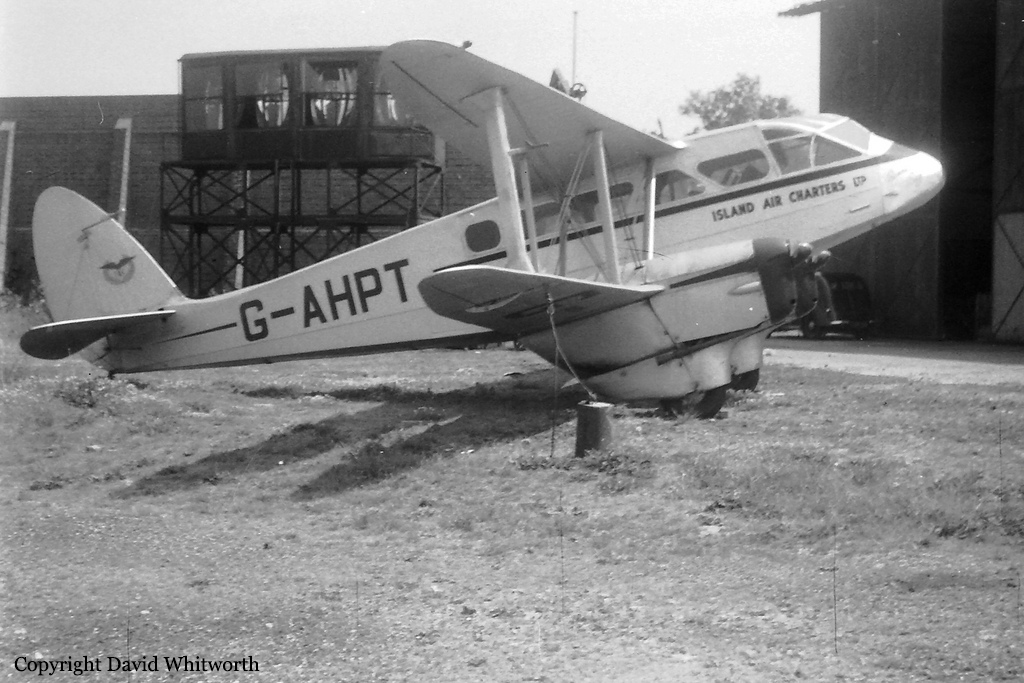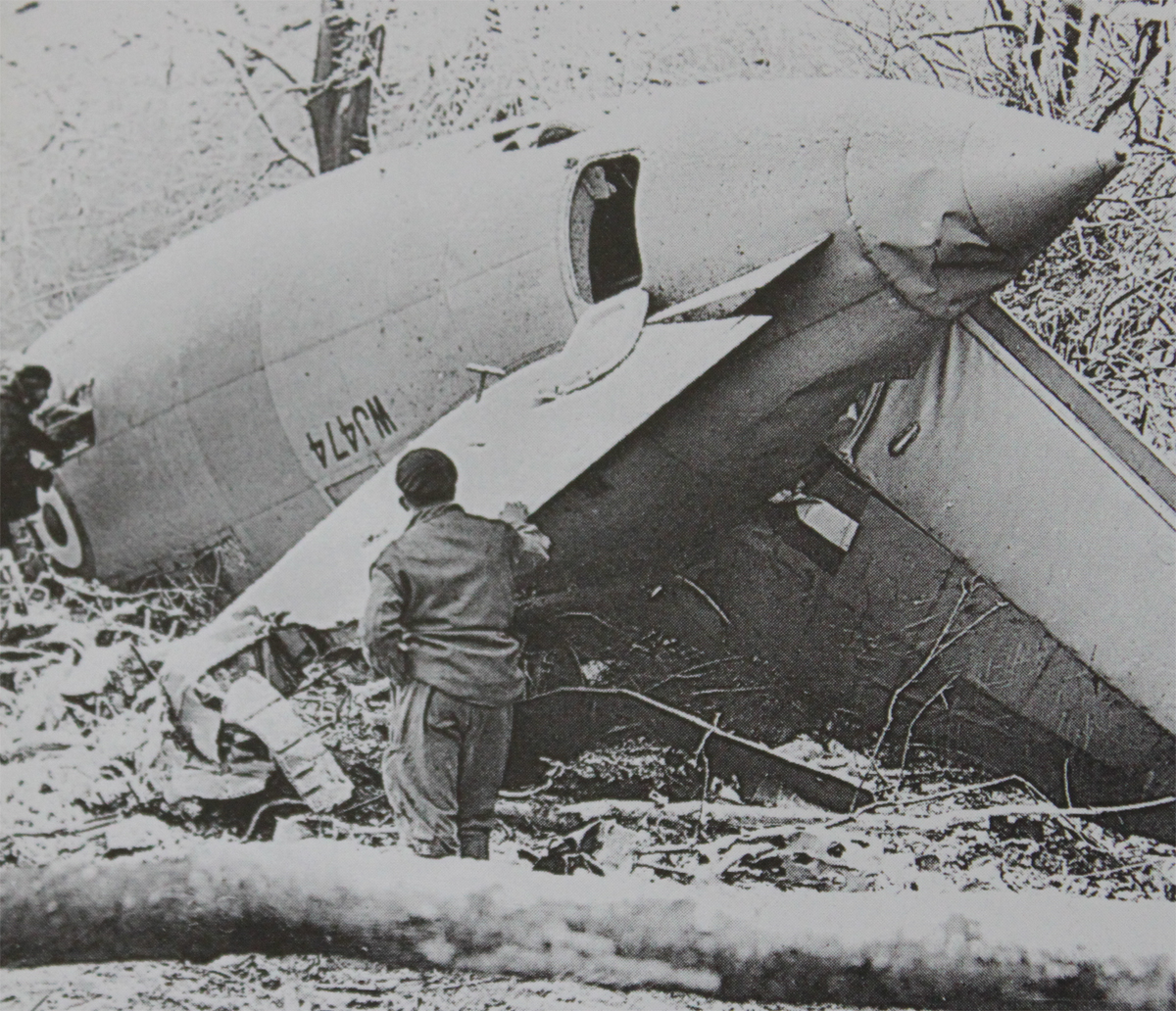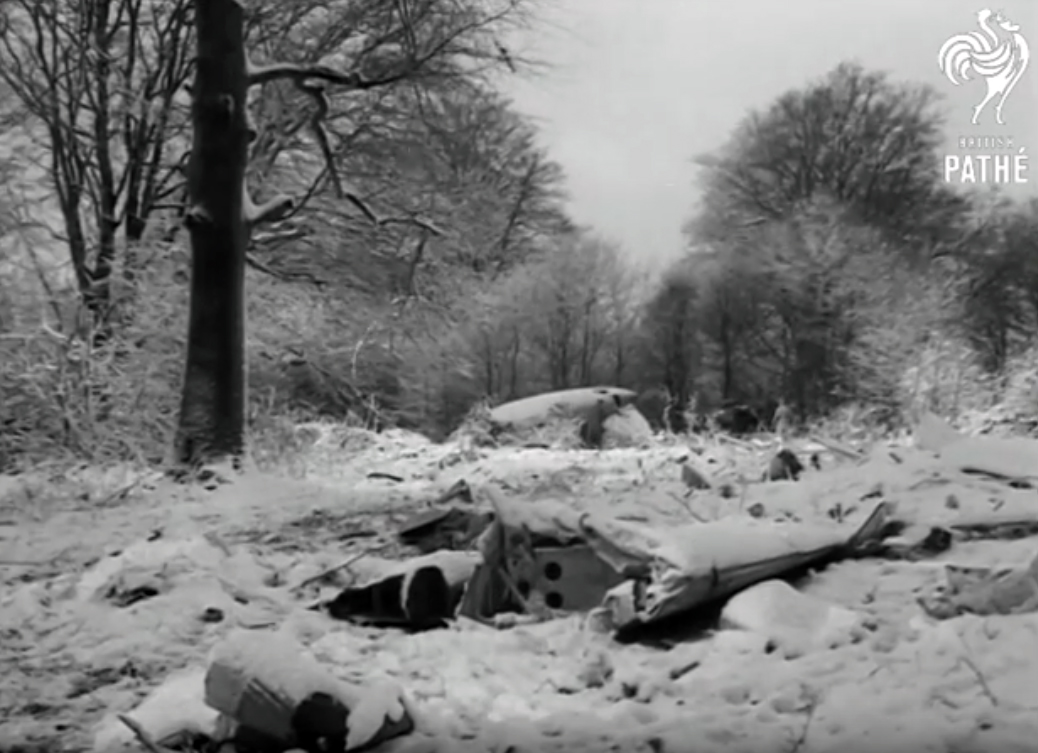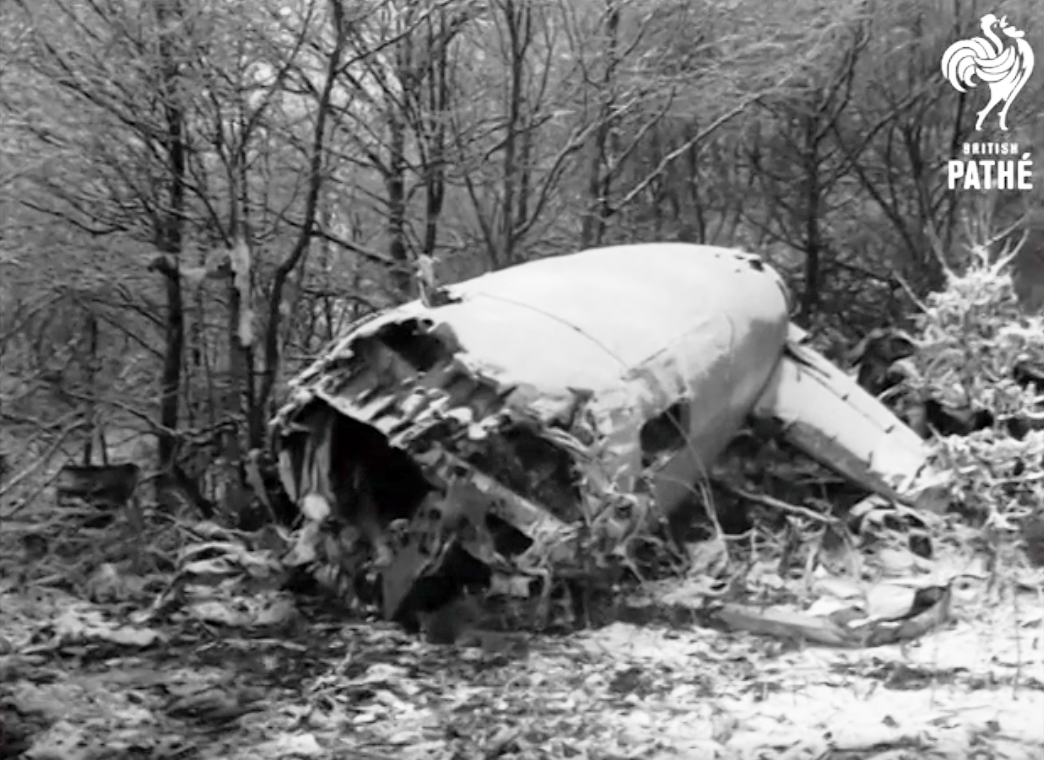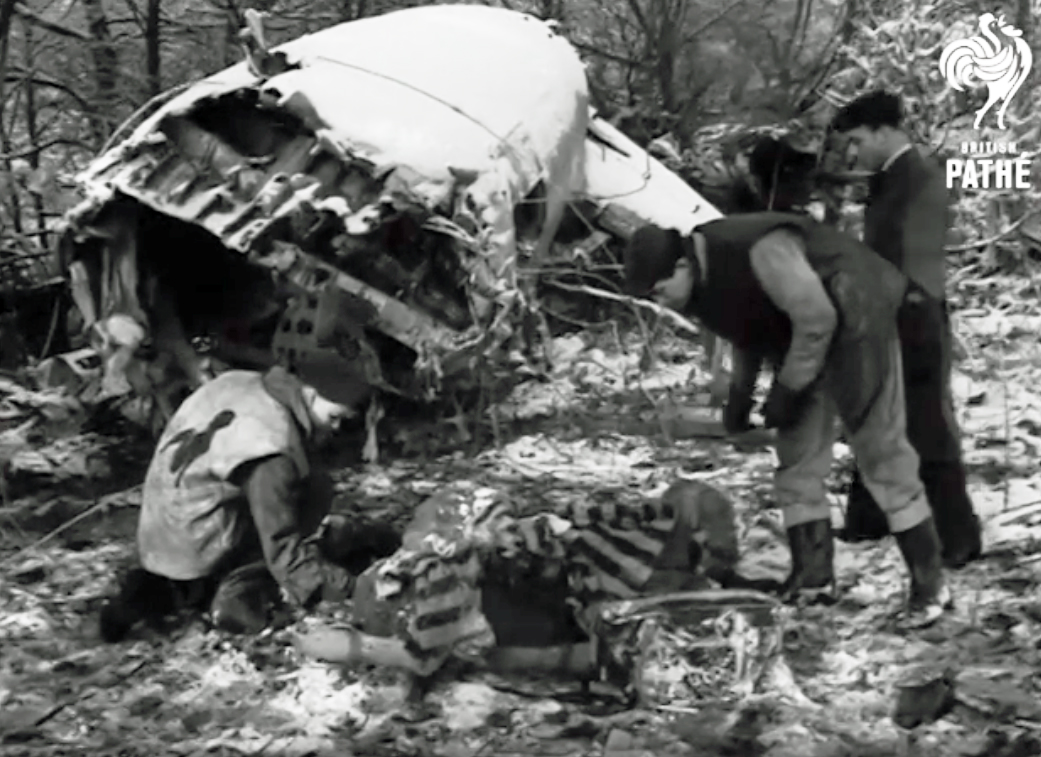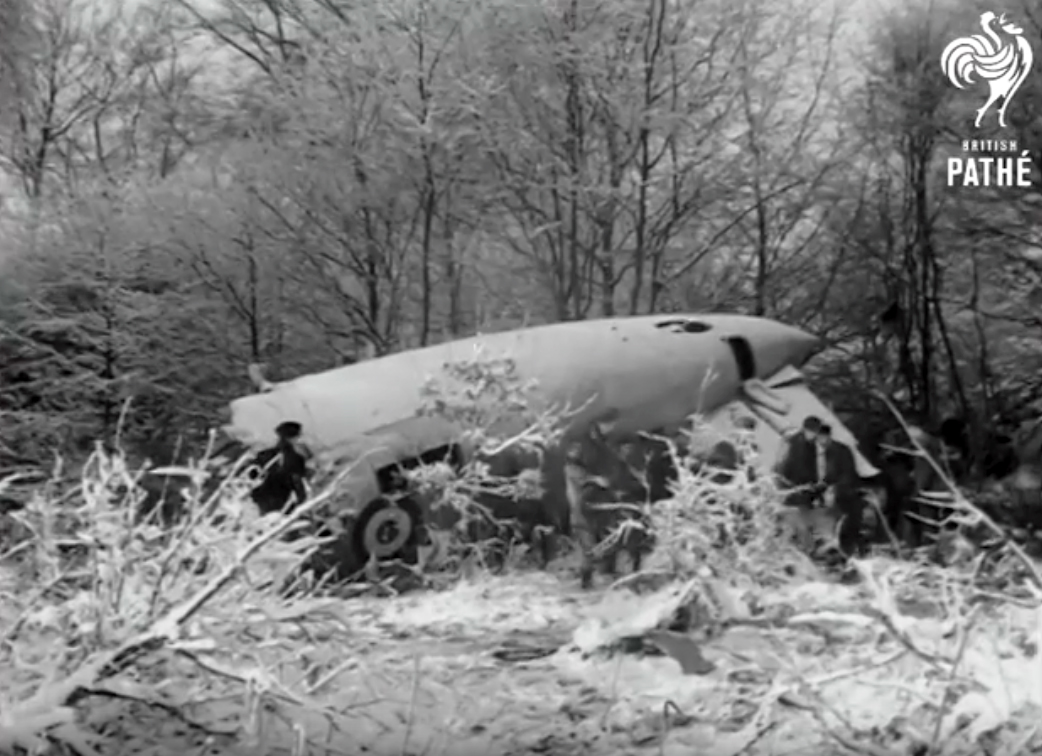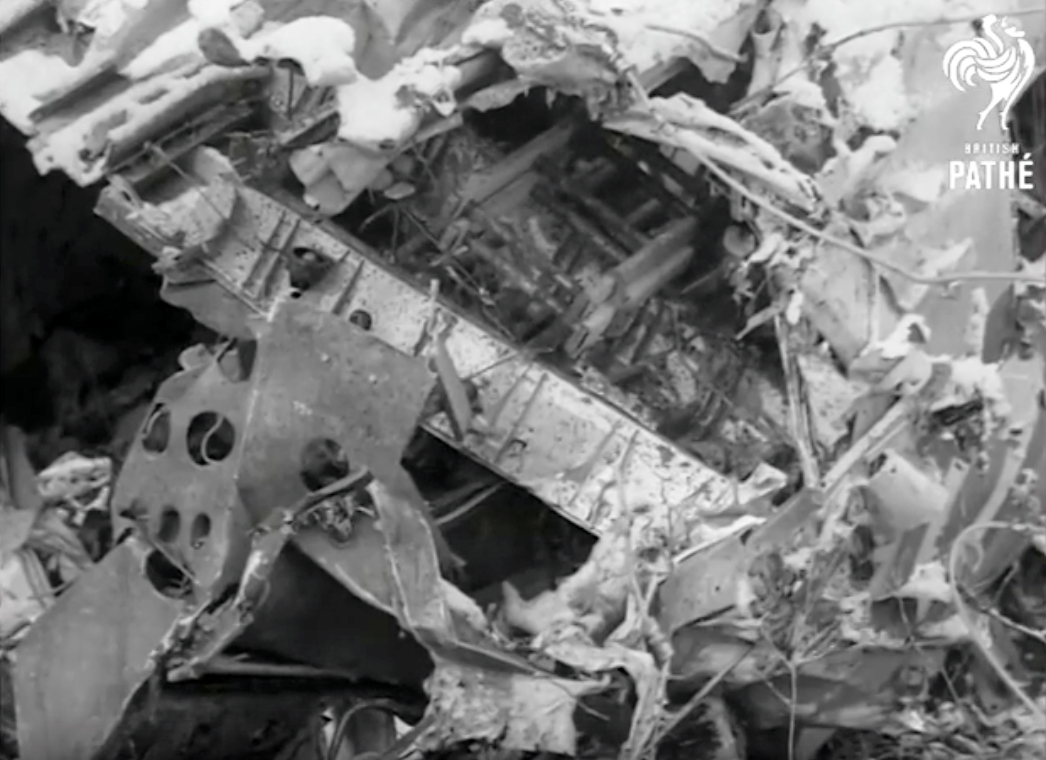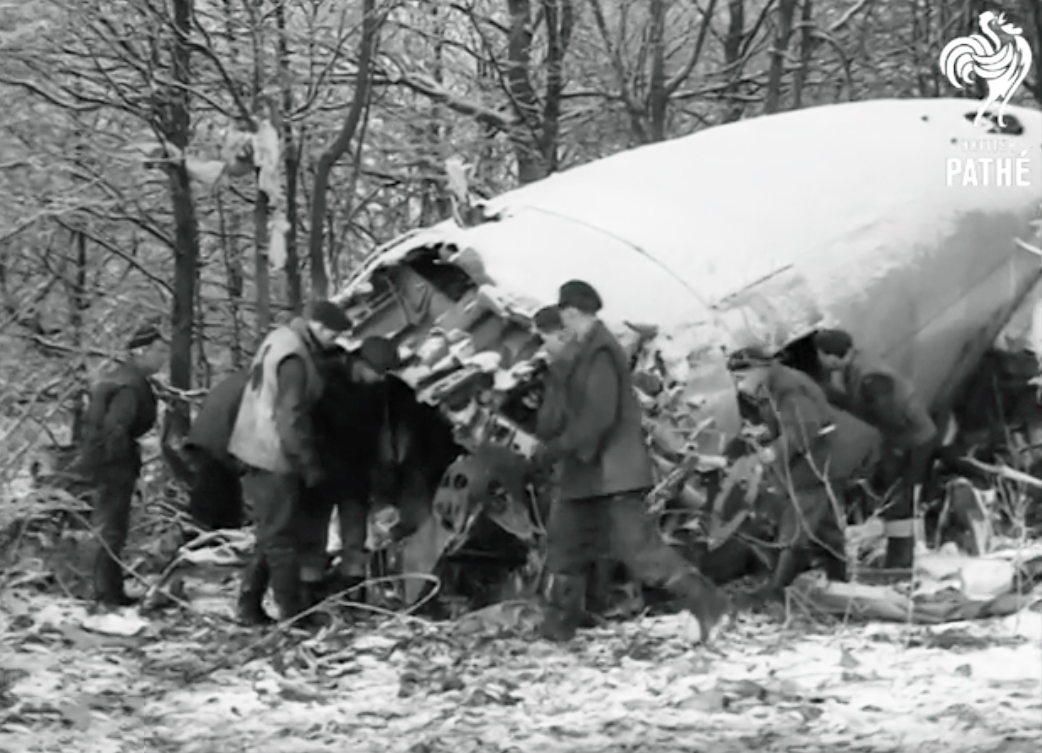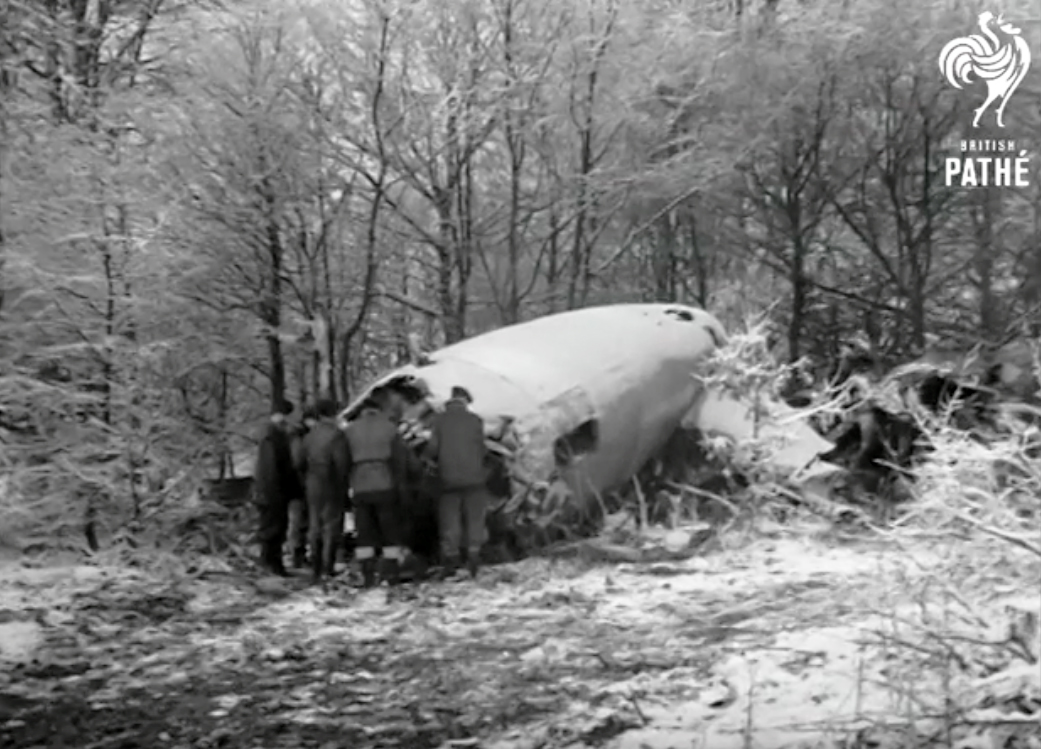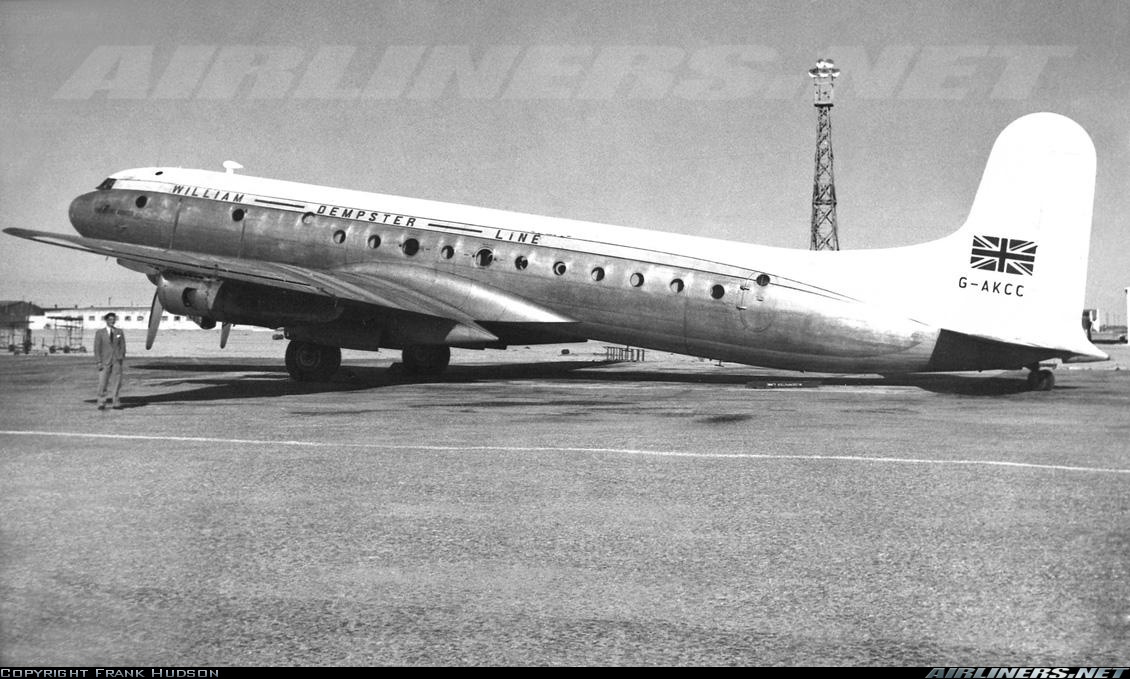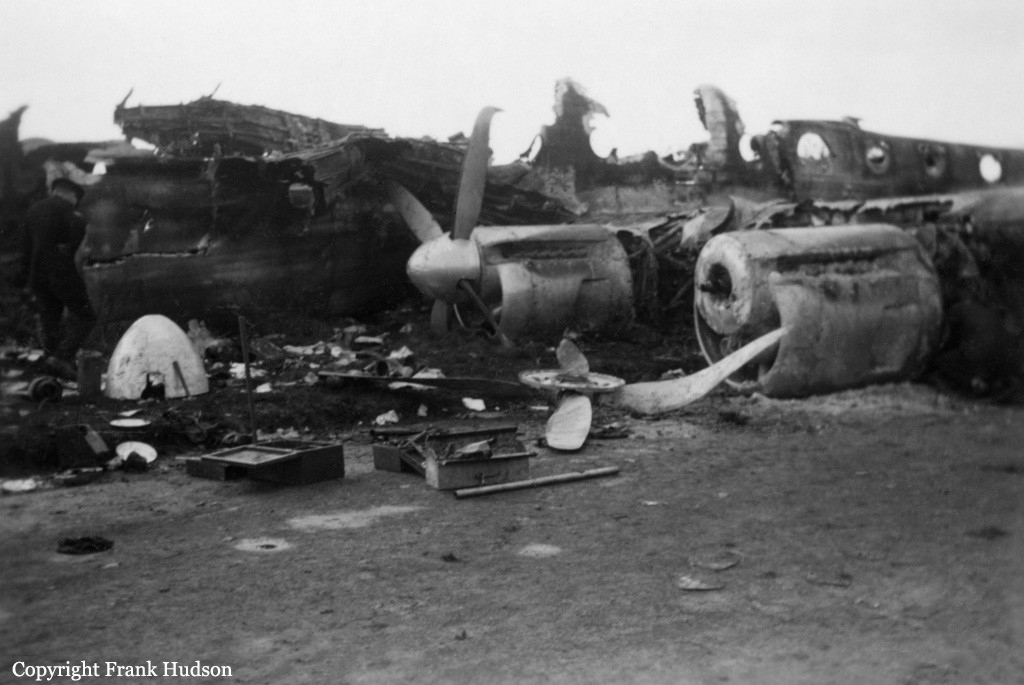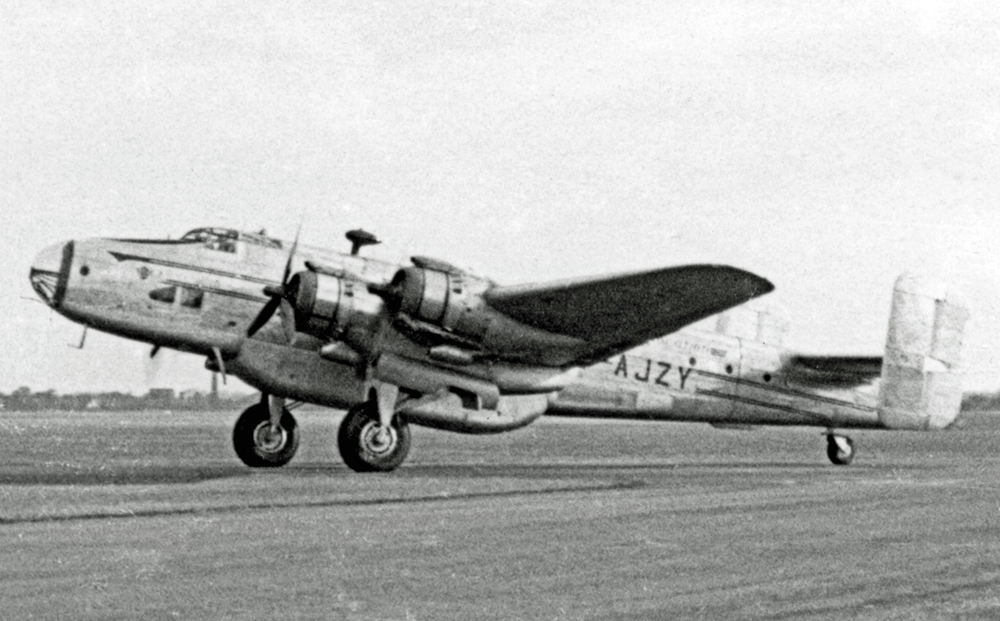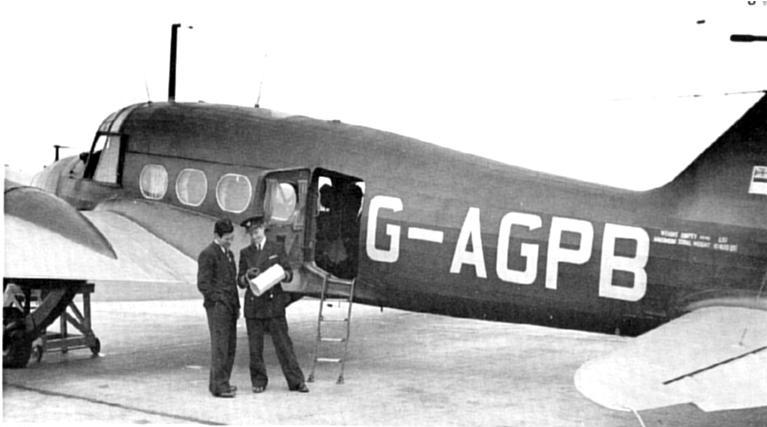Crash of an Airspeed AS.65 Consul in Elstree
Date & Time:
Nov 21, 1959
Registration:
G-AJXE
Survivors:
Yes
Schedule:
Elstree - Elstree
MSN:
5164
YOM:
1947
Crew on board:
1
Crew fatalities:
Pax on board:
1
Pax fatalities:
Other fatalities:
Total fatalities:
0
Circumstances:
Following an uneventful local flight, the twin engine aircraft crash landed at Elstree Airport. Both occupants were unhurt but the airplane was considered as damaged beyond repair. It was owned by Patrick Lowlor.
